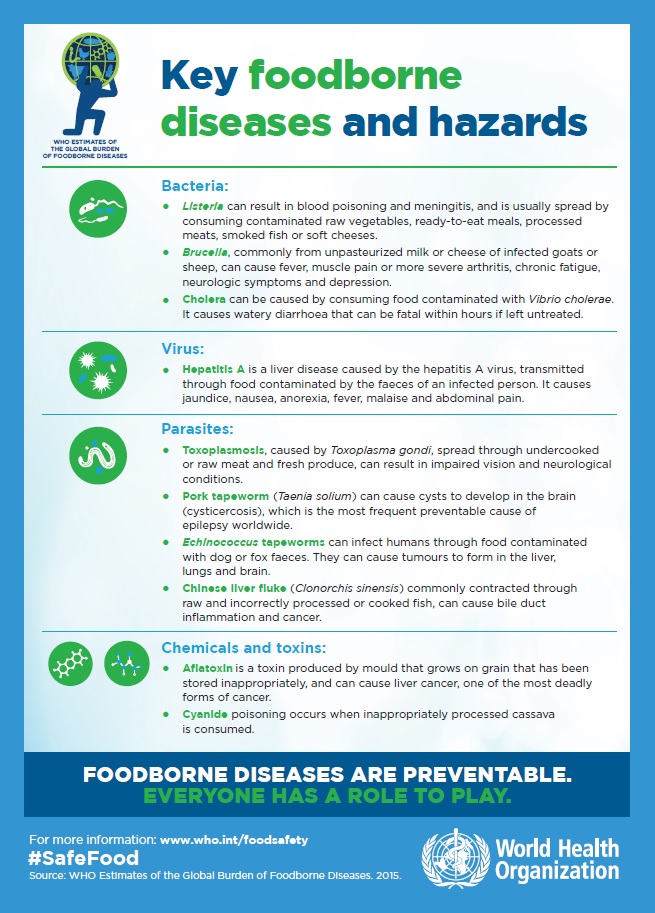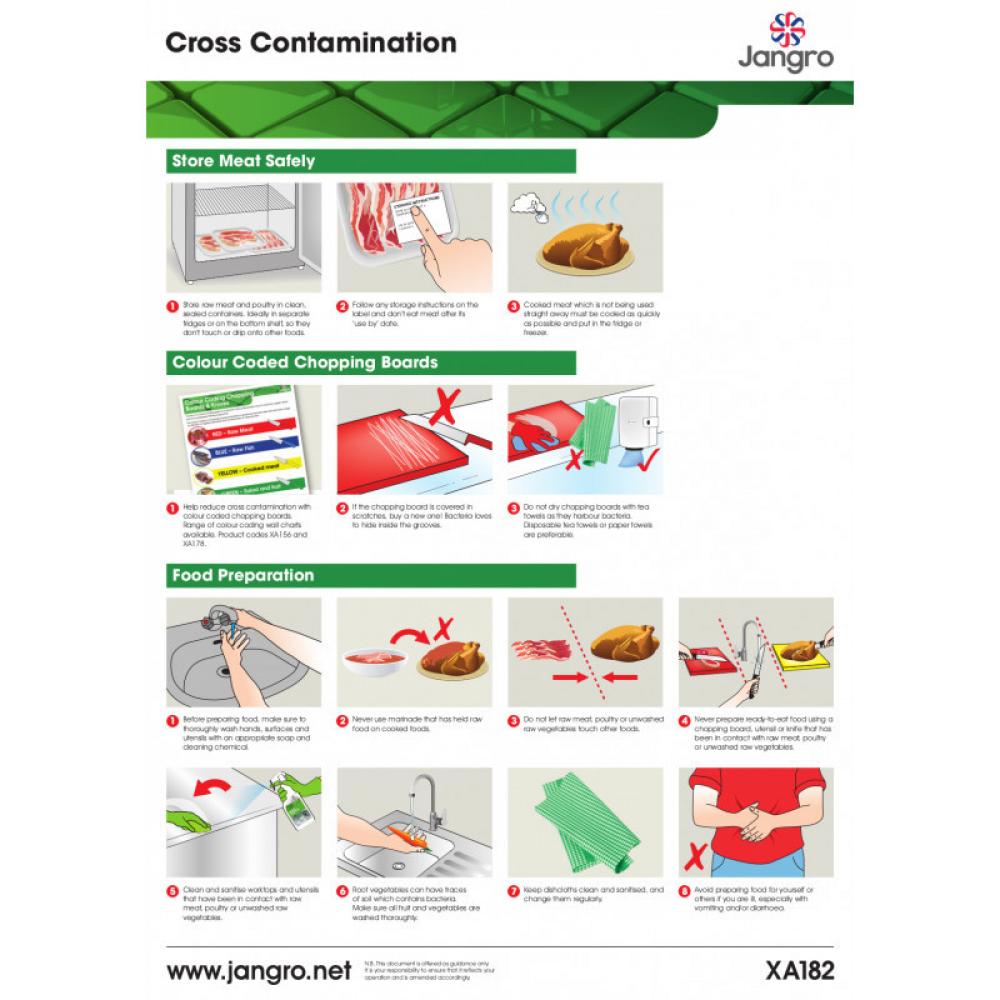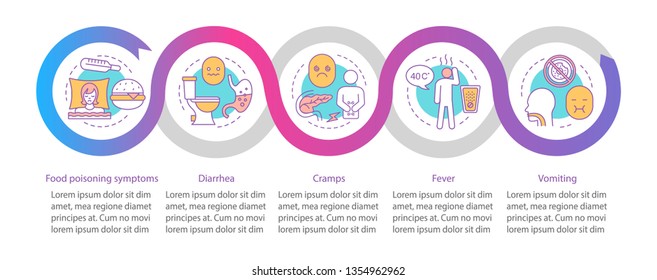What Does Foodborne Illness and Disease - Food Safety and Inspection Do?


What is a foodborne illness? Definition and examples - Market Business News
Unknown Facts About Foodborne Diseases - TN.gov
Foodborne disease is triggered by consuming polluted foods or drinks. Numerous different disease-causing microbes or pathogens can infect foods, so there are many different types of foodborne illnesses. A lot of foodborne diseases are infections triggered by a range of germs, viruses, and parasites. Other illness are poisonings brought on by hazardous toxic substances or chemicals that have actually polluted food.
Symptoms of Foodborne Illness Typical symptoms of foodborne disease are diarrhea and/or vomiting, normally lasting 1 to 7 days. Other symptoms may consist of stomach cramps, nausea, fever, joint/back aches, and fatigue. What some individuals call the "stomach flu" may in fact be a foodborne illness triggered by a pathogen (i. e., virus, germs, or parasite) in contaminated food or beverage.

Foodborne Illnesses, Know Your Rights - Nebraska Attorney
Causes of Foodborne Illness Commonly acknowledged foodborne infections are: Foods Associated with Foodborne Health problem Raw foods of animal origin, that is, raw meat and poultry, raw eggs, unpasteurized milk, and raw shellfish are the most likely to be infected. Fruits and veggies can likewise be polluted with animal waste when manure is utilized to fertilize produce in the field, or dirty water is used for washing the fruit and vegetables.
Unpasteurized fruit juices or cider can also be contaminated if there are pathogens on the fruit that is used to make it. Magoda that is touched by a person who is ill with vomiting or diarrhea, or who has just recently had such an illness, can become infected. When these food products are not subsequently cooked (e.
The Definitive Guide to Foodborne Illness - Clay County, MN - Official Website

Do you believe you have a foodborne disease? Please report your thought foodborne disease to the Minnesota Department of Health.

Food safety month: Commissaries reinforce customers' awareness of foodborne illnesses > Joint Base San Antonio > News
CDC approximates that each year 48 million individuals get sick from a foodborne disease, 128,000 are hospitalized, and 3,000 die.
The Nebraska Department of Health and Human Being Solutions (DHHS) keeps track of foodborne health problem cases and outbreaks throughout the state of Nebraska through making use of a public health surveillance system. DHHS collaborates with numerous partners such as healthcare facilities, centers, labs, local, state, and federal partners to spot, examine, control, and report foodborne disease cases and break outs.
